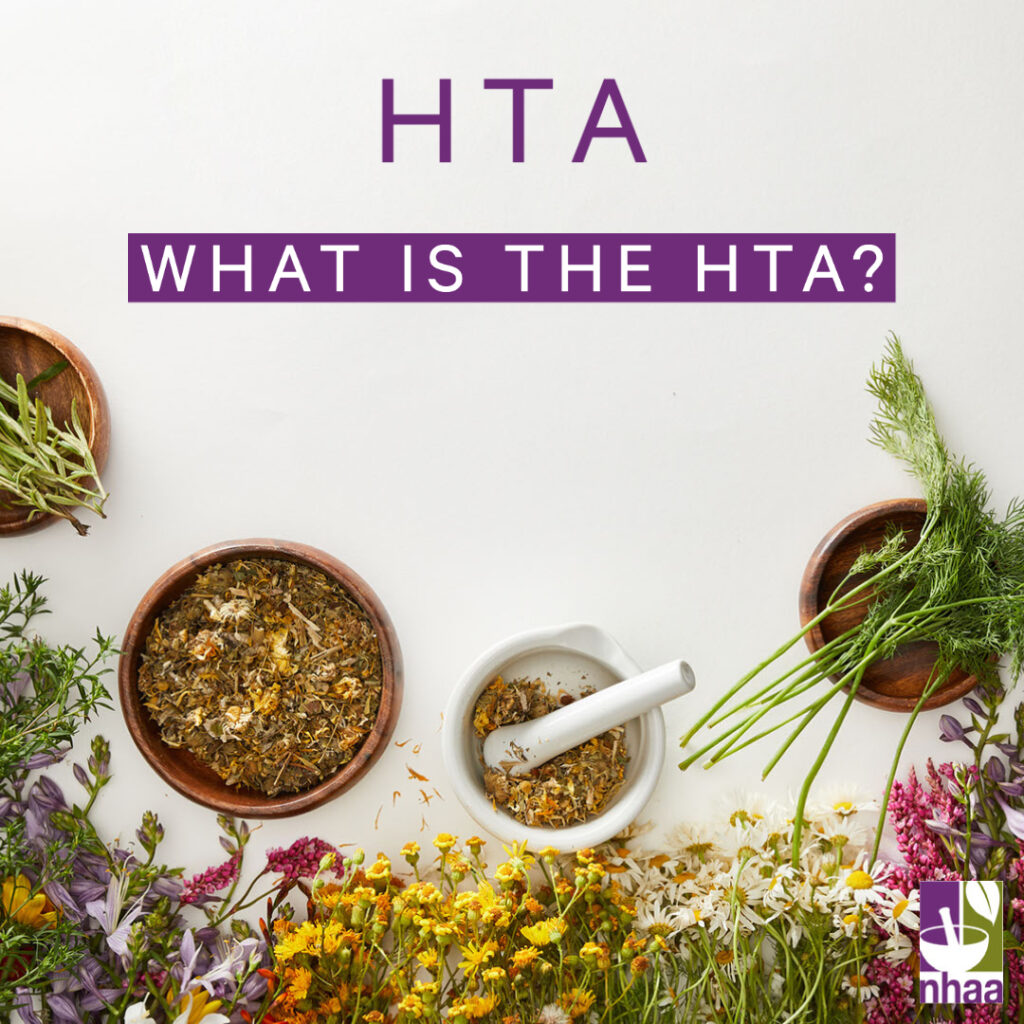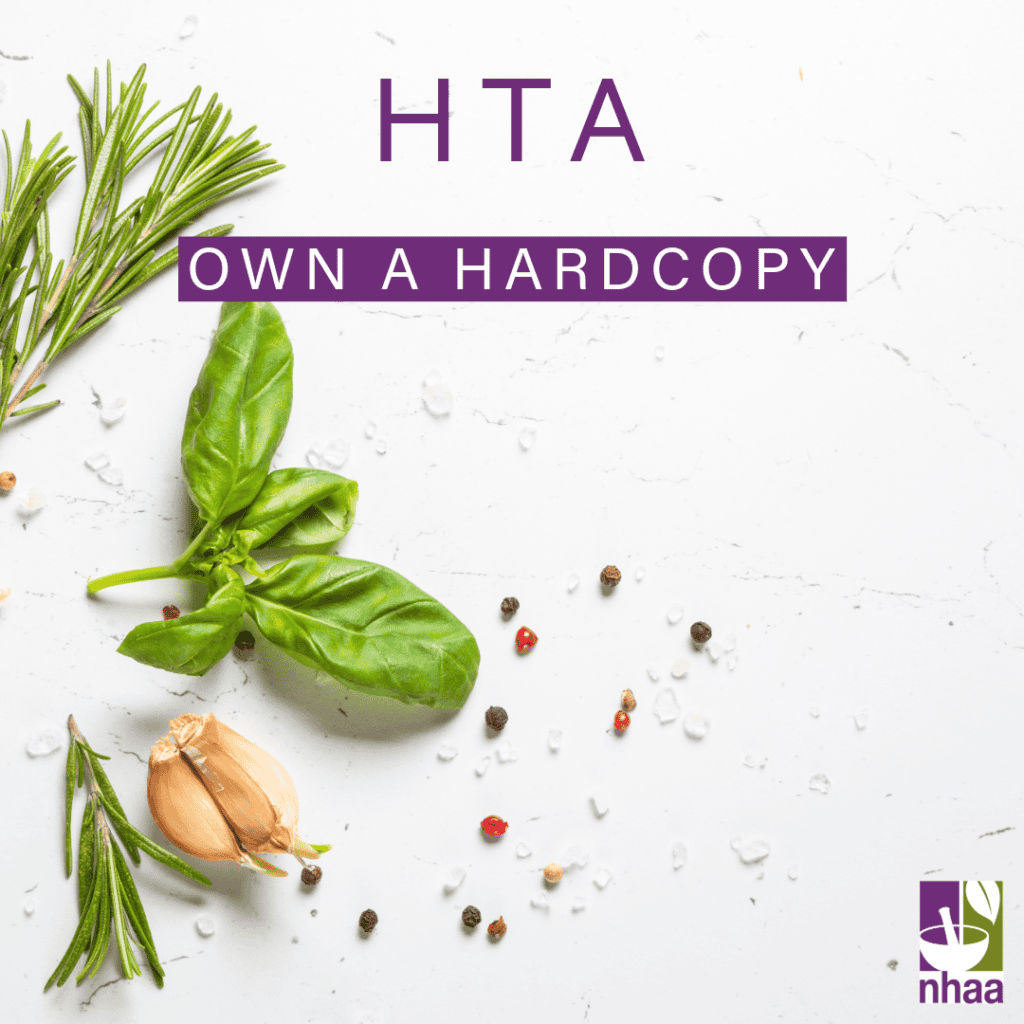Naturopathy: Practice, Effectiveness, Utility, Economics & Safety, the Health Technology Assessment (HTA) on naturopathy initiated by the World Naturopathic Federation (WNF).
What is the HTA?
The WNF worked with the global naturopathic community to compile a Health Technology Assessment (HTA) on Naturopathy to provide an evidence-based summary of naturopathic practice and the safety, economics and effectiveness of naturopathic care.
The HTA is a 720 page peer reviewed book with 51 naturopaths contributing to 41 chapters over a two-year period.
Developing a Health Technology Assessment of Naturopathy is crucial for the Naturopathic profession and a plan to do this was initially conceptualized by the World Naturopathic Federation (WNF) in 2017. The Naturopaths and Herbalists Association of Australia (NHAA) considered this project of such significance they chose to fully fund the research component and are delighted to offer the HTA as a gift to the Naturopathic profession, not only in Australia but across the world.
The protocol and methods for the HTA follow the WHO HTA guidelines. The scope of the HTA was informed by research conducted by the international naturopathic community over the last thirty years encompassing over 2000 peer-reviewed scientific articles of which more than 300 clinical studies involving over 100 different health populations are outlined in the HTA. 81.1% of the studies investigating the effectiveness of naturopathic care identified a positive response.
The studies also included complex interventions based on holistic, patient-centered, multi-modality treatment. Interventions such as applied nutrition, herbal medicine, lifestyle modifications, mind-body medicine counselling, naturopathic physical medicine, hydrotherapy, acupuncture and yoga.
The primary purpose of the HTA was to support regulation of the naturopathic profession in all WHO Regions and to help advance the profession and increase awareness of naturopathy / naturopathic medicine globally.
For naturopathic research in the HTA and referred to in the transcript below (see HTA-Synopsis pp 9,11).
The HTA Outcomes
See HTA-Section 7 Summary:
The outcomes of the HTA align with the declaration of Astana. https://www.who.int/docs/default-source/primary-health/declaration/gcphc-declaration.pdf
Naturopathy/naturopathic medicine is a safe and effective intervention that has utility across different geographic regions, clinical settings and conditions, and naturopathic practitioners are trusted and consulted by the global public for a wide range of conditions.
Studies demonstrate the clinical effectiveness and efficacy of naturopathic interventions in a wide variety of conditions, combined with cost-effectiveness studies conducted appear to suggest integration of naturopathic care can generate cost savings at individual clinic and health systems levels.
Definitive conclusions on the effectiveness of naturopathy/naturopathic medicine are hampered by the lack of integration of naturopathy/ naturopathic medicine into broader health care, research or academic initiatives. Nevertheless, despite such barriers, particularly in areas of global health priority such as non-communicable diseases, naturopaths/naturopathic doctors have been actively engaged in both the conduct and translation and implementation of research, which provides a solid foundation for future integration into future clinical and research endeavors.
Background
Over five years, the WNF undertook essential foundational work to inform this HTA. During that time, the WNF conducted seven international surveys involving naturopathic organizations, naturopathic educational programs, and naturopaths to ensure an appropriate and impartial representation of the breadth and complexity of naturopathic practice globally.
The aim of this HTA is to provide the data and research necessary to inform evidence-based decisions regarding the inclusion of the naturopathic workforce in contemporary health care systems, which reflects their ability to reduce the burden of global illnesses such as non-communicable diseases.
It is our intention that this HTA will be used to support the global implementation of appropriate and robust regulation of the naturopathic profession and to increase access to training for naturopaths commensurate with their role in delivering primary care health services.
A word from the lead authors
Own a hardcopy of the HTA
A limited number of hardcopies of the HTA have been produced for those who would like to purchase a copy of this history making book.
Serving as a powerful compendium of research supporting the naturopathic profession, this book will hold pride of place in any clinic. This resource can be used to further your own knowledge and can be shared with patients to highlight the credibility, safety and efficacy of our profession.
Available to members and non-members alike, your purchase of this book contributes directly to furthering our profession, as all proceeds go to the WNF. Read more about their work here.
Purchase your hardcopy at the link below.
Useful links
A synopsis of the HTA is available in: here.
Q&A with Professor Jon Wardle on HTA from Southern Cross University
Link to the full PDF: Naturopathy, practice, effectiveness, economics & safety
Below are PDFs of the individual sections of the HTA:
Table of Contents
Executive Summary
Aim, Objectives and Methods
Section 1: Foundational Basis of the Naturopathic Profession
Section 2: Naturopathic Professional Formation by WHO Region
Section 3: Practice and Implementation of Naturopathy in Health Care Systems
Section 4: Naturopathic Research
Section 5: Effectiveness of Naturopathic Clinical Practice
Section 6: Research on Naturopathic Therapeutics and Practices
Section 7: Discussion
Appendices


